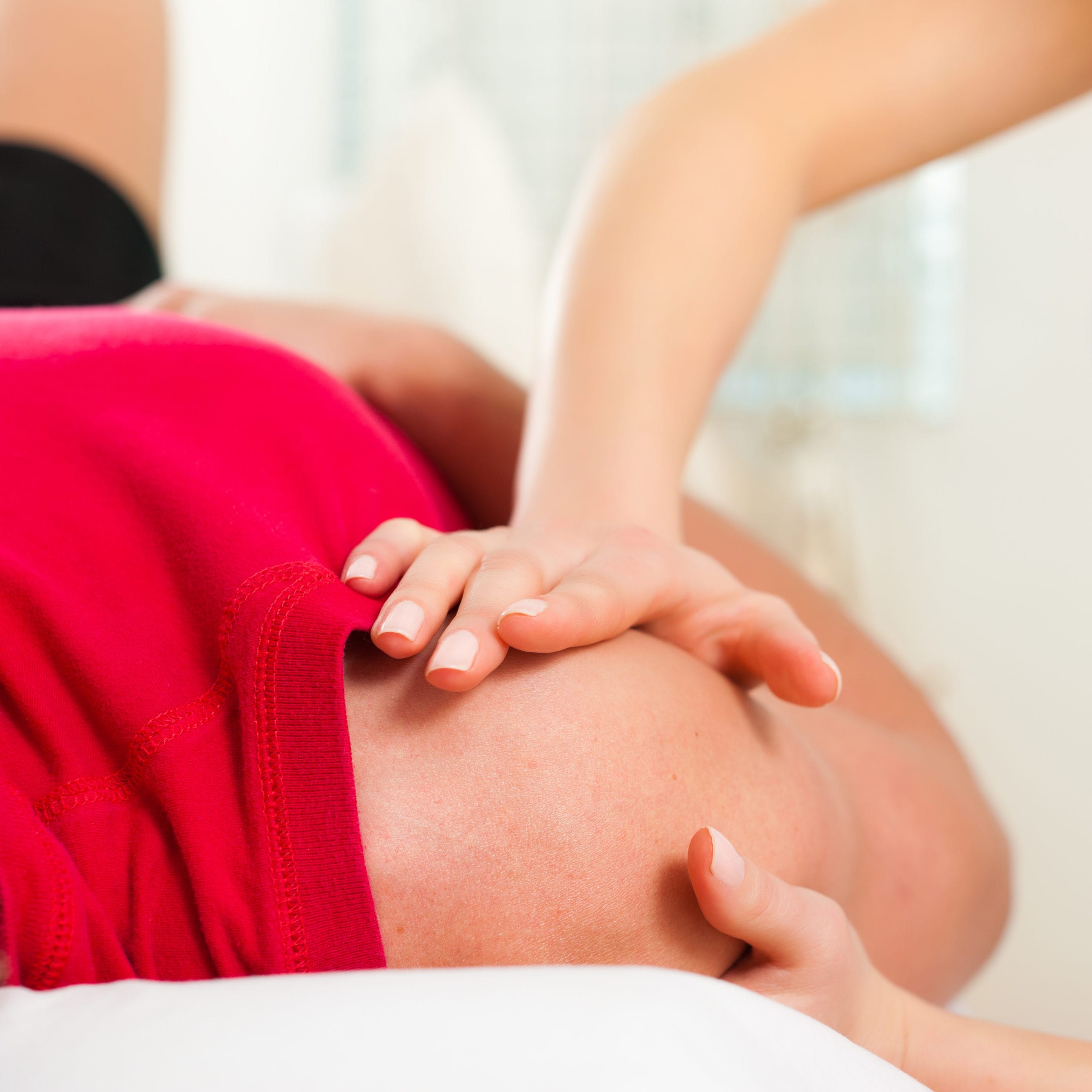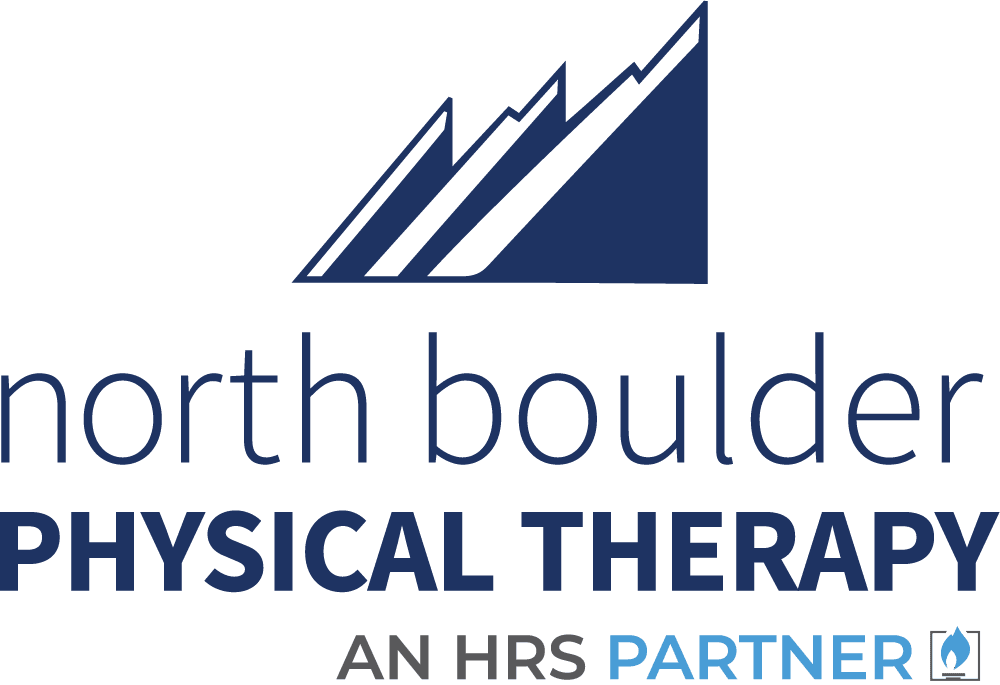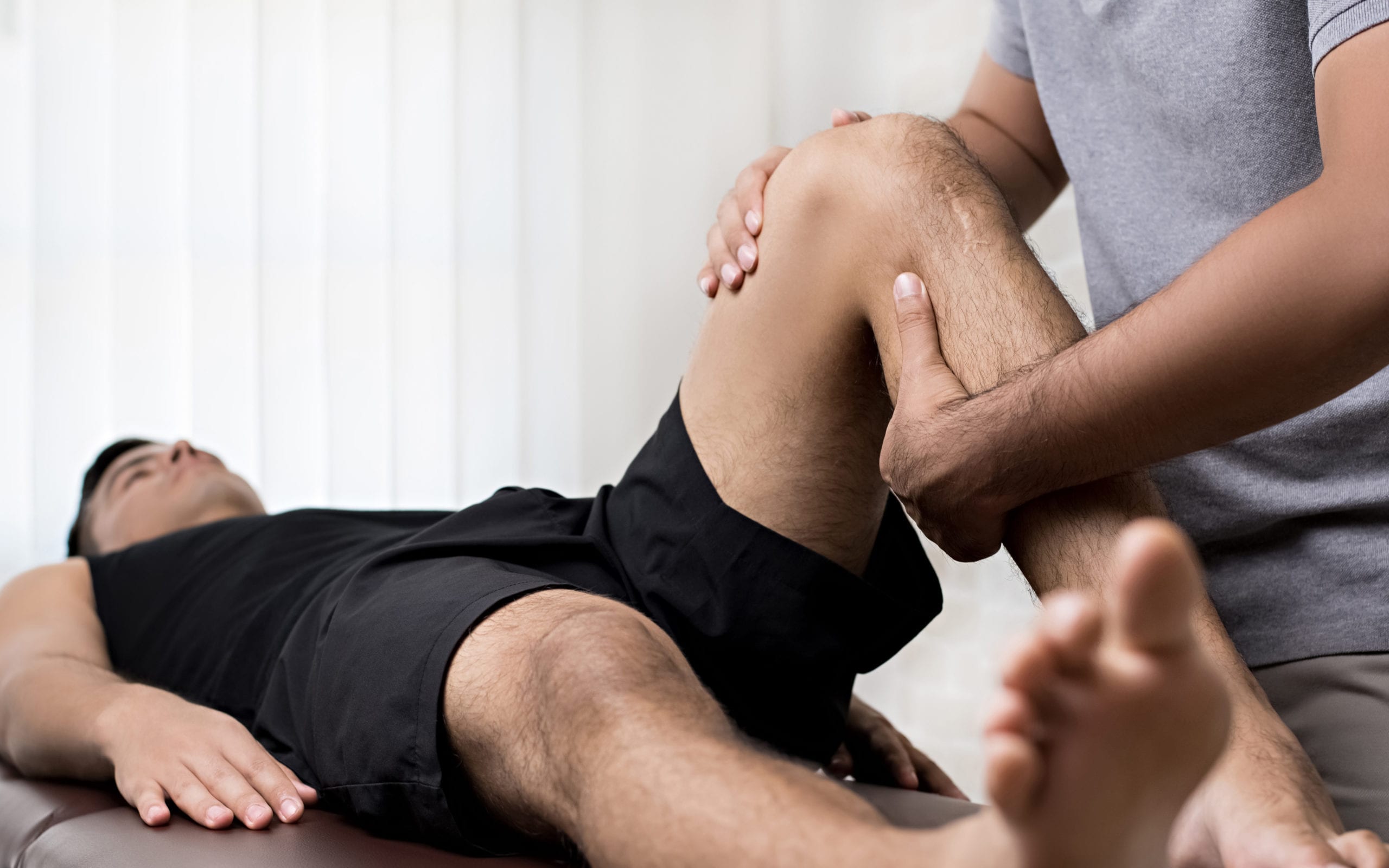What is sports rehabilitation?
Sports rehabilitation focuses on helping athletes of all ages safely return to activity following injury or surgery. The therapist will use various tests and measures to assess and identify deficiencies in strength, coordination, balance, proprioception and range of motion. They will also look for signs of swelling and inflammation, which helps therapists understand healing progression.



